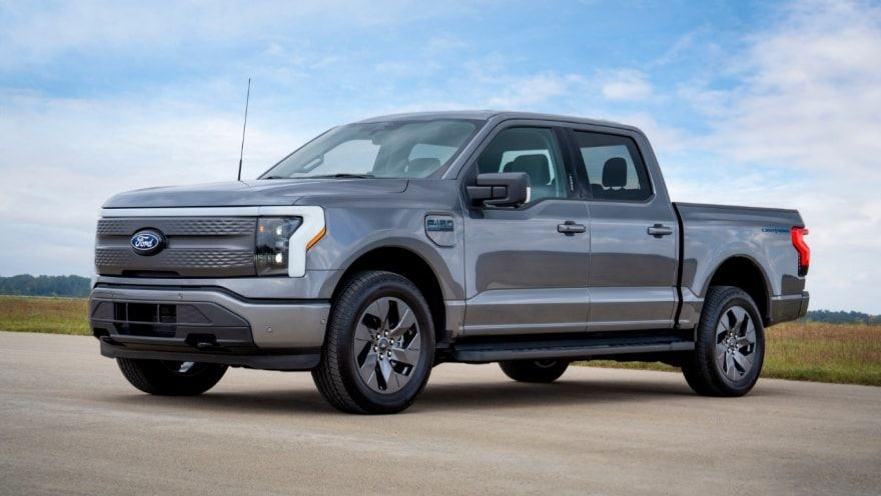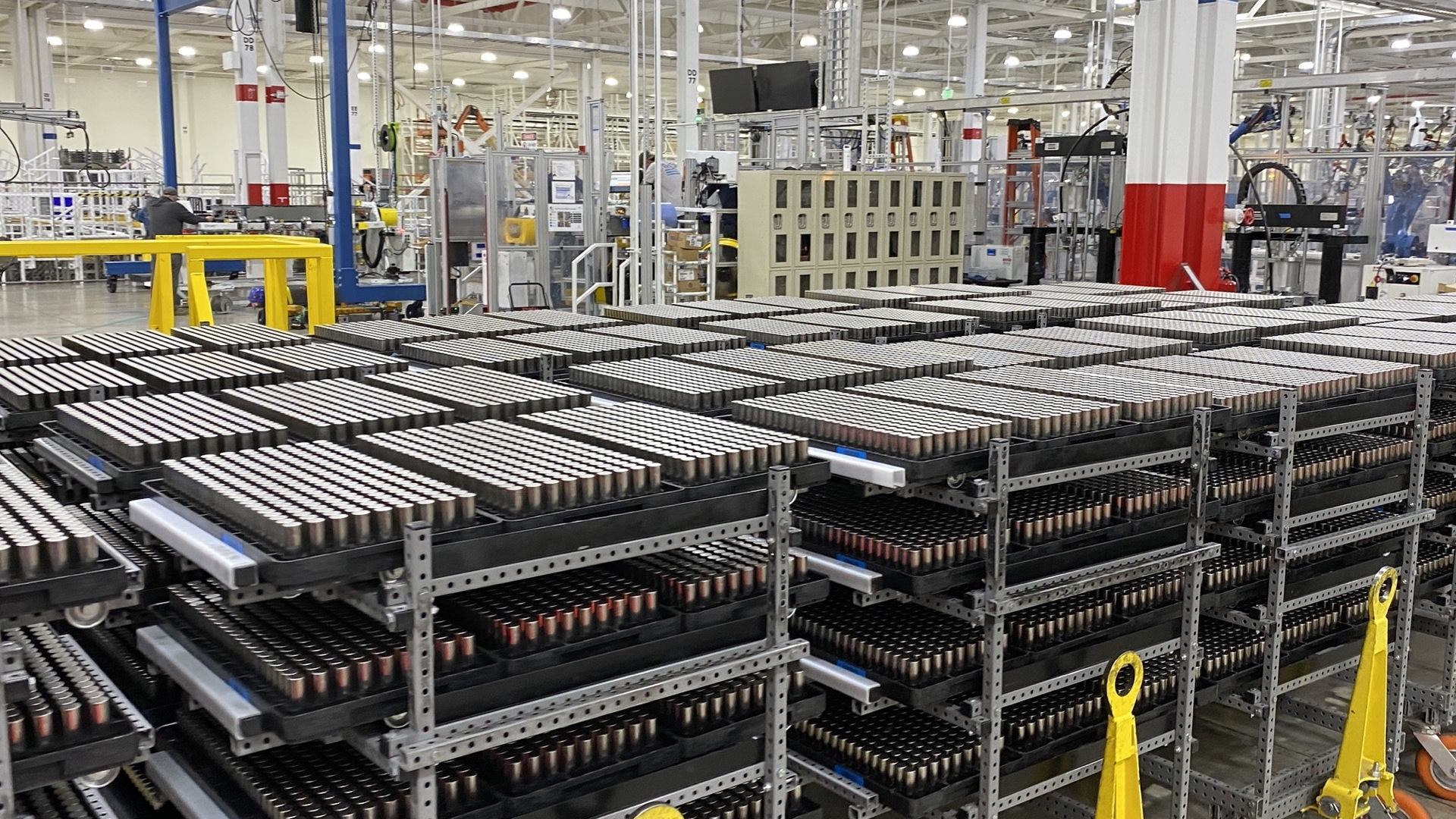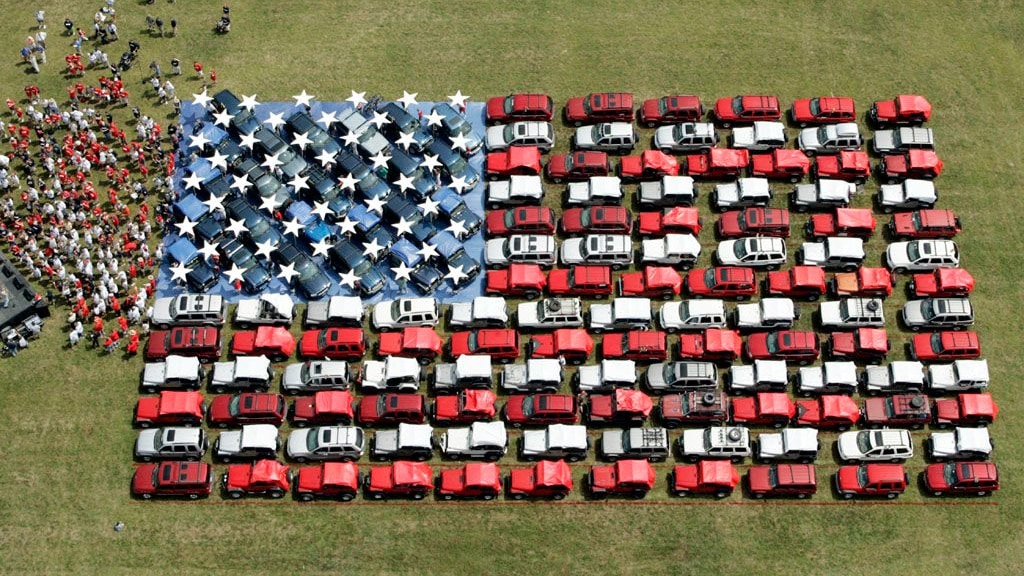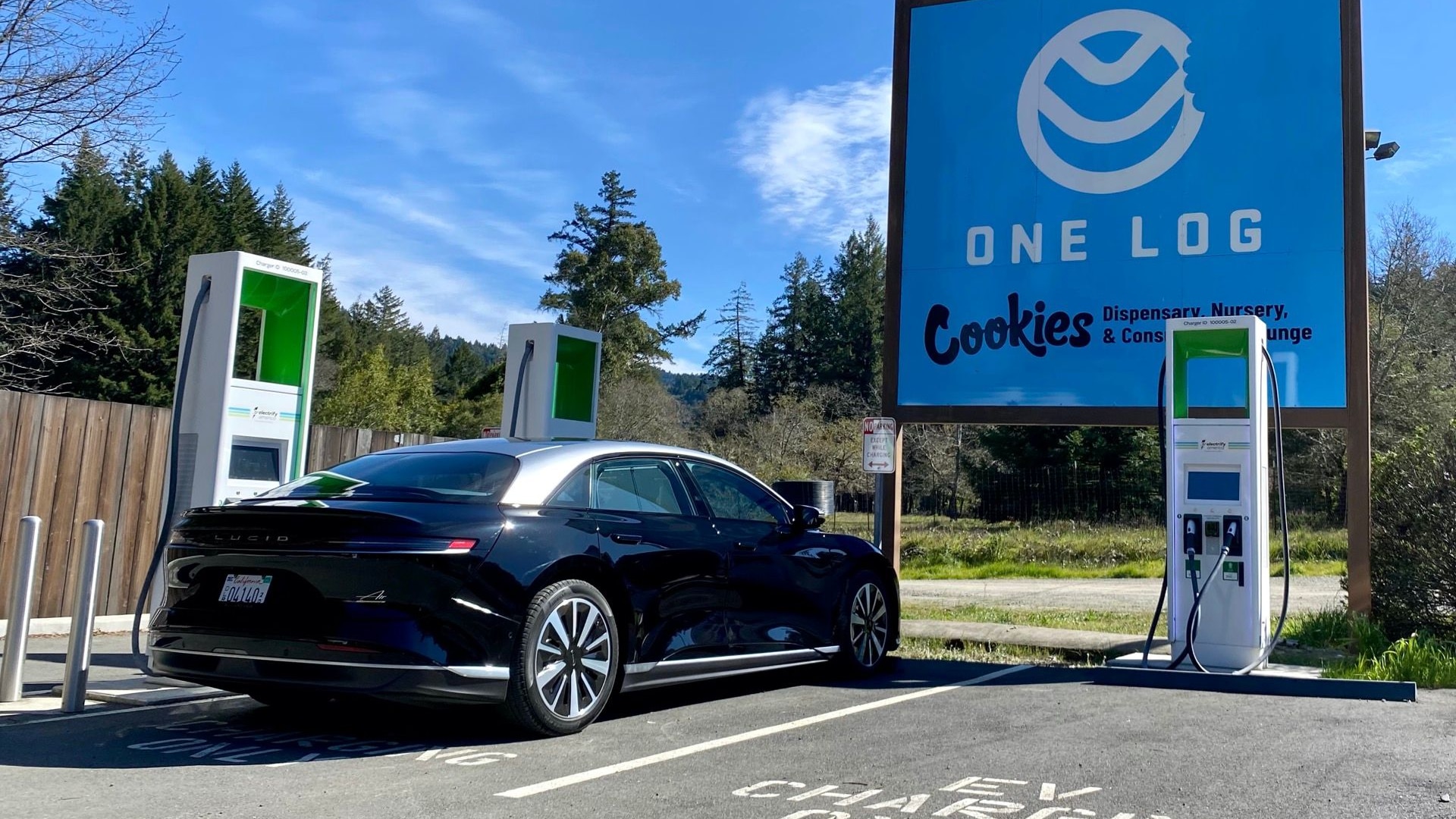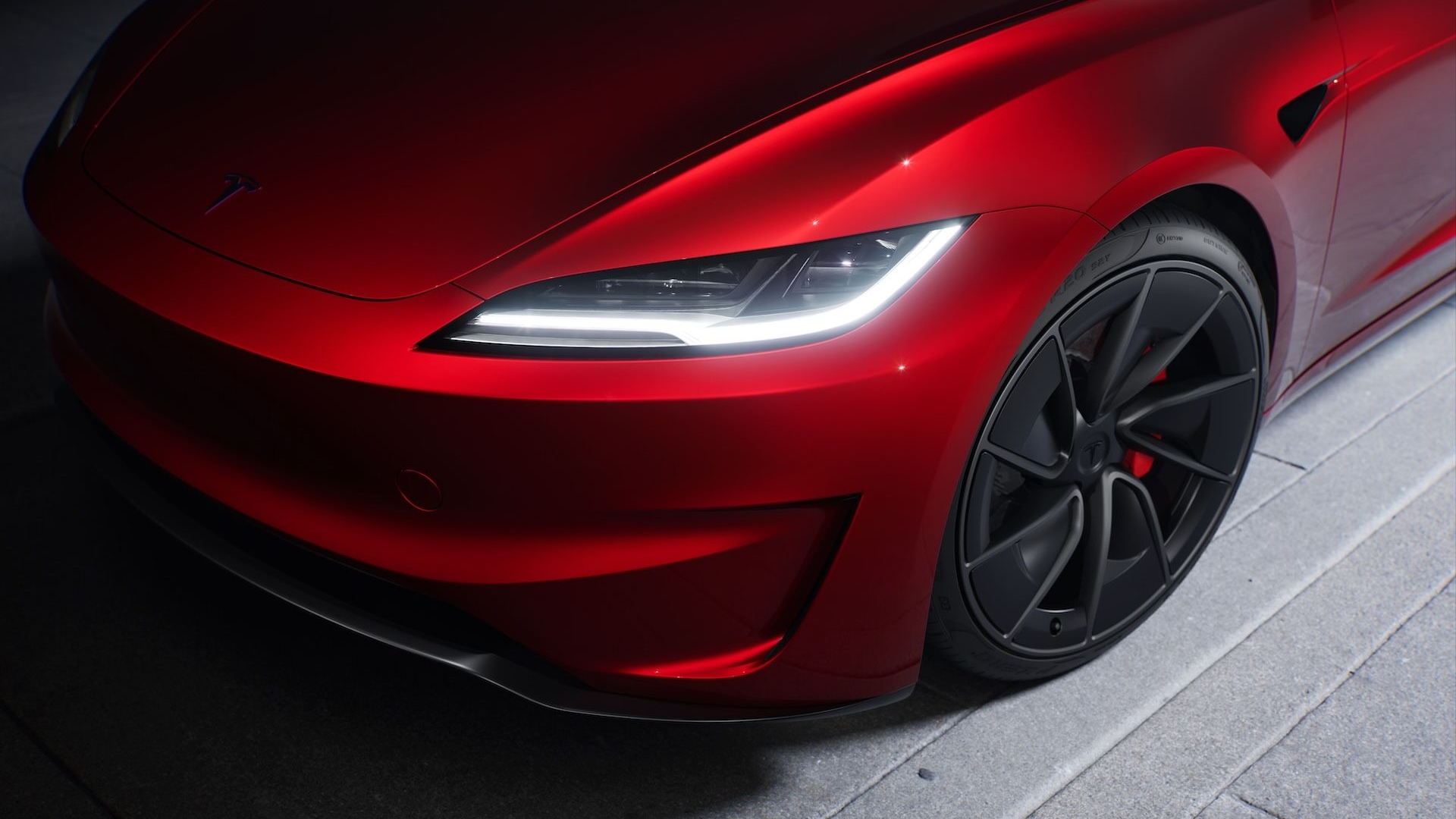By the end of this year, several fully modern, highway-capable electric vehicles will go on sale. Sooner or later, one of them will get into an accident. What should emergency responders do when faced with a high-voltage battery pack that could kill them if mishandled? To prepare first responders to handle accidents involving EVs, General Motors are running a series of training courses to educate police officers, firefighters, paramedics, and other rescue staff on the essential skills of dealing safely with electric cars.

2011 Chevrolet Volt pre-production prototype, January 2010
This isn't the first time GM have trained first responders on EV safety. Back when the company made the EV1 it trained emergency rescue staff on the safe way to deal with the EV1's electrical system in the event of an accident.
The 2011 Volt extended range electric car houses both a T-shape centrally-mounted battery pack for an all electric range of 40 miles as well as a gasoline tank and gasoline motor for extended range operation. While it has numerous safety features designed to activate fuel cut-offs and battery disconnects in an accident, the Volt presents both gasoline and electrical safety risks for emergency crews.
While first responders are highly skilled individuals with plenty of practice dealing with conventional gasoline car accidents, there are distinct differences between electric and gas powered cars which must be taken into account when providing crash assistance.
For a start, electric vehicles operate at very high voltages. An electric shock caused by an accident damaged EV can kill, spark with enough voltage to ignite any stray gasoline, or start a fire in the battery or car itself.
While gasoline cars represent explosion risks from leaking fuel in an accident that are equally life-threatening as the safety risks caused by a crash-damaged EV, emergency crews deal with these risks on a daily basis. Statistically, the number of EVs on the road today prevent that familiarity.

Accident victim
The training, funded by GM and its in-vehicle safety and security arm OnStar, will be run in Chicago, San Francisco, Los Angeles, Detroit and Washington, D.C., all prime target markets where the 2011 Volt will be sold.
In addition, GM has collaborated with national safety organizations throughout the U.S. to ensure that all emergency teams nationwide have the correct information to deal with an accident involving an electric car.
With more electric vehicles reaching the market this year, expect more safety training from electric car manufacturers to ensure that everyone can rest assured that emergency services know exactly what to do should the unthinkable ever happen.





